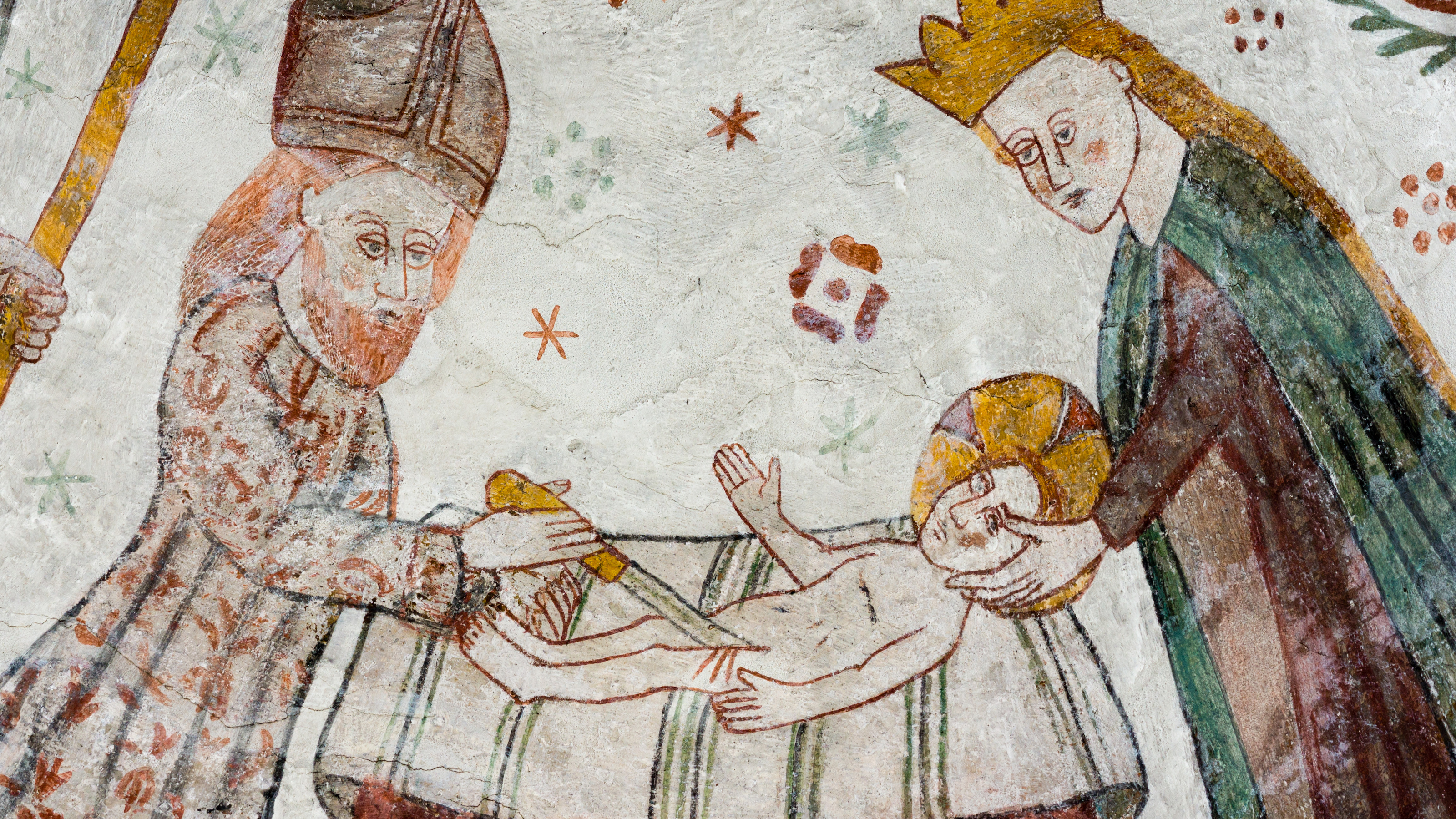Falling Circumcision Rates Could Cost $4.4 Billion in Health Spending

What’s the Latest Development?
If the 20-year trend in declining circumcision rates continues, the nation could be forced to spend $4.4 billion in avoidable health care costs over the next decade if rates drop to levels currently seen in Europe, according to a new study out of Johns Hopkins University. “Senior study investigator, health epidemiologist and pathologist Aaron Tobian, M.D., Ph.D., says that roughly 55 percent of the 2 million males born each year in the United States are circumcised, a decline from a high of 79 percent in the 1970s and ’80s.” State funding cuts to Medicaid are partly to blame as 18 states have now stopped paying for the procedure.
What’s the Big Idea?
In estimating the $4.4 billion figure, Johns Hopkins physicians calculated only the direct costs for drug treatment, physician visits and hospital care, excluding secondary costs resulting from work absences and medical travel expenses. “[T]he study is believed to be the first cost analysis to account for increased rates of multiple infectious diseases associated with lower rates of male circumcision, including HIV/AIDS, herpes and genital warts, as well as cervical and penile cancers.” Tobian insists that in addition to guarding against illness and disease, there are clear financial benefits to male circumcision.
Photo credit: Shutterstock.com





